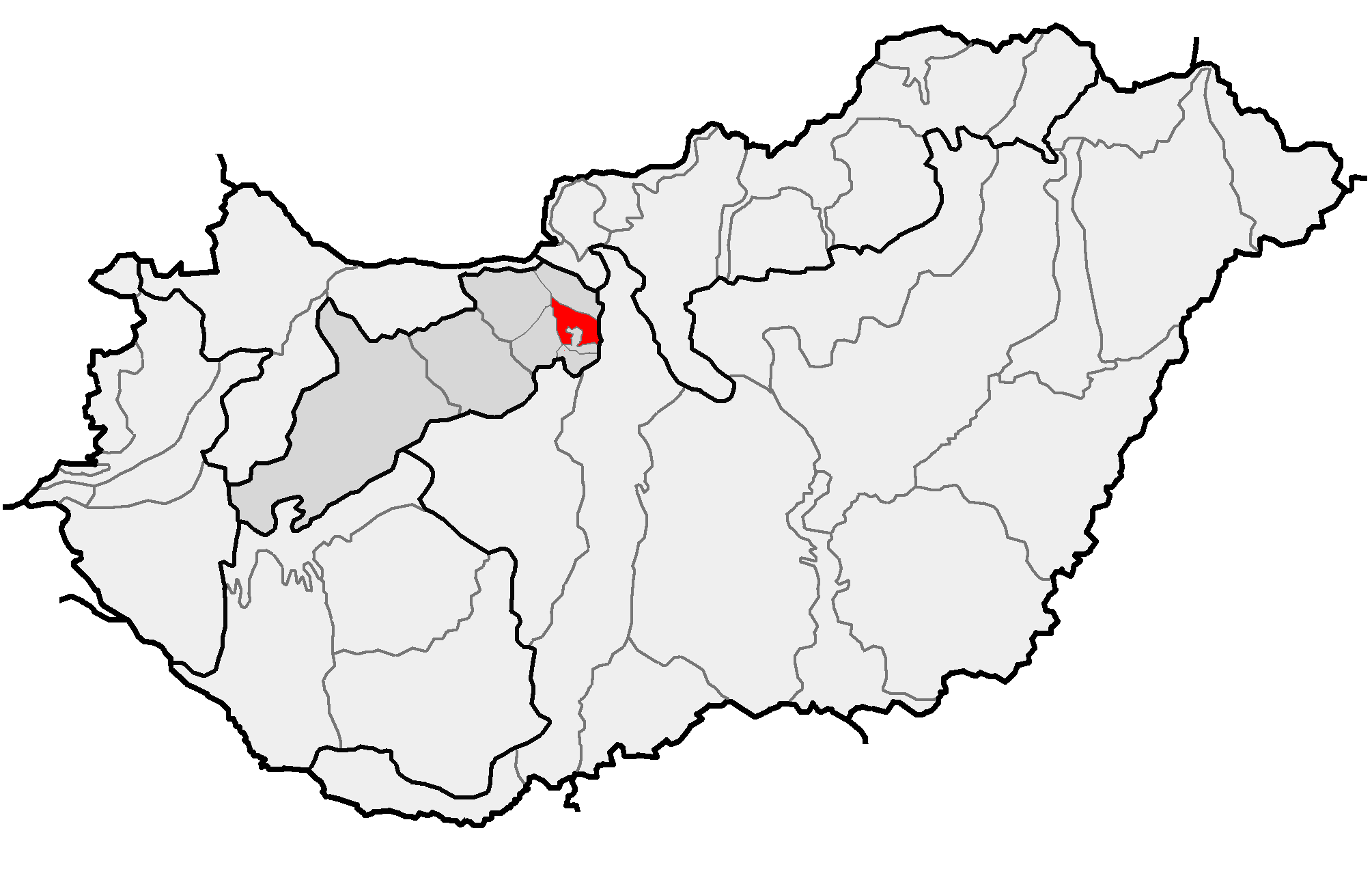Buda Hills on:
[Wikipedia]
[Google]
[Amazon]
 The Buda Hills ( Hungarian: ''Budai-hegység'') are a low mountain range of numerous hills which dot the Buda side of
The Buda Hills ( Hungarian: ''Budai-hegység'') are a low mountain range of numerous hills which dot the Buda side of
 The most important hills of the region are:
*
* Ferenc Hill
*
The most important hills of the region are:
*
* Ferenc Hill
*
View of Buda Hills.jpg, A view of the hills
View of Buda.jpg, Another view
Hunyad-orom, Budapest.jpg, Hunyad-orom
Buda_Hills_03.jpg, A slope from the hills
Kiltás a Gellért-hegyről.jpg, A view from Gellért Hill
 The Buda Hills ( Hungarian: ''Budai-hegység'') are a low mountain range of numerous hills which dot the Buda side of
The Buda Hills ( Hungarian: ''Budai-hegység'') are a low mountain range of numerous hills which dot the Buda side of Budapest
Budapest (, ; ) is the capital and most populous city of Hungary. It is the ninth-largest city in the European Union by population within city limits and the second-largest city on the Danube river; the city has an estimated population ...
, capital of Hungary
Hungary ( hu, Magyarország ) is a landlocked country in Central Europe. Spanning of the Pannonian Basin, Carpathian Basin, it is bordered by Slovakia to the north, Ukraine to the northeast, Romania to the east and southeast, Serbia to the ...
. The most famous ones located within city limits are Gellért Hill
Gellért Hill ( hu, Gellért-hegy; german: Blocksberg; la, Mons Sancti Gerhardi tr, Gürz İlyas Bayırı) is a high hill overlooking the Danube in Budapest, Hungary. It is located in the 1st and the 11th districts. The hill was named after ...
, Castle Hill, Rózsadomb
The area known as Rózsadomb (, tr, Gültepe, lit.:"Rose Hill") is a wealthy area in the 2nd district of Budapest, the capital of Hungary. It is a member of the Buda Hills. Background
Rózsadomb is part of the 2nd district of Budapest, in the B ...
, , János Hill
János or Janos may refer to:
* János, male Hungarian given name, a variant of John
Places
* Janos Municipality, a municipality of Chihuahua
** Janos, Chihuahua, town in Mexico
** Janos Biosphere Reserve, a nature reserve in Chihuahua
* Janos ...
, and Eagle Hill. These hills consist of both nature and residential areas.
Geology
The Budaörs dolomite of Anisian-Carnian age (Triassic period
The Triassic ( ) is a geologic period and system which spans 50.6 million years from the end of the Permian Period 251.902 million years ago ( Mya), to the beginning of the Jurassic Period 201.36 Mya. The Triassic is the first and shortest period ...
) is the oldest formation which crops out in the Buda Hills. Younger Triassic succession is composed of chert
Chert () is a hard, fine-grained sedimentary rock composed of microcrystalline or cryptocrystalline quartz, the mineral form of silicon dioxide (SiO2). Chert is characteristically of biological origin, but may also occur inorganically as a ...
y dolomite Dolomite may refer to:
*Dolomite (mineral), a carbonate mineral
*Dolomite (rock), also known as dolostone, a sedimentary carbonate rock
*Dolomite, Alabama, United States, an unincorporated community
*Dolomite, California, United States, an unincor ...
and limestone
Limestone ( calcium carbonate ) is a type of carbonate sedimentary rock which is the main source of the material lime. It is composed mostly of the minerals calcite and aragonite, which are different crystal forms of . Limestone forms whe ...
(basin facies), and dolomite combined with limestone (platform facies). The Trassic surface is composed of karstified carbonate
A carbonate is a salt of carbonic acid (H2CO3), characterized by the presence of the carbonate ion, a polyatomic ion with the formula . The word ''carbonate'' may also refer to a carbonate ester, an organic compound containing the carbonate ...
s, which are overlain by an Upper Eocene
The Eocene ( ) Epoch is a geological epoch that lasted from about 56 to 33.9 million years ago (mya). It is the second epoch of the Paleogene Period in the modern Cenozoic Era. The name ''Eocene'' comes from the Ancient Greek (''ēṓs'', "da ...
succession made of conglomerate beds.
During the period from the terminal Cretaceous
The Cretaceous ( ) is a geological period that lasted from about 145 to 66 million years ago (Mya). It is the third and final period of the Mesozoic Era, as well as the longest. At around 79 million years, it is the longest geological period of ...
to Priabonian, the area was a karstic terrestrial environment displaying distinct relief differences. It was also the time when Triassic formations were eroded. The continental period (ended by the transgression in Late Eocene
The Eocene ( ) Epoch is a geological epoch that lasted from about 56 to 33.9 million years ago (mya). It is the second epoch of the Paleogene Period in the modern Cenozoic Era. The name ''Eocene'' comes from the Ancient Greek (''ēṓs'', "d ...
) was characterized by the formation of small fans
Fan commonly refers to:
* Fan (machine), a machine for producing airflow, often used for cooling
** Hand fan, an implement held and waved by hand to move air for cooling
* Fan (person), short for fanatic; an enthusiast or supporter, especially wit ...
at the slope foot. The fans contained substantial quantities of andesite
Andesite () is a volcanic rock of intermediate composition. In a general sense, it is the intermediate type between silica-poor basalt and silica-rich rhyolite. It is fine-grained (aphanitic) to porphyritic in texture, and is composed predo ...
clasts
Clastic rocks are composed of fragments, or clasts, of pre-existing minerals and rock. A clast is a fragment of geological detritus,Essentials of Geology, 3rd Ed, Stephen Marshak, p. G-3 chunks, and smaller grains of rock broken off other rocks ...
thanks to the fans' close location to the andesite source rocks. The clasts could have been then transported by periodic streams along the valleys. The Late Eocene transgression reworked accumulated terrestrial sediments.
Important hills
 The most important hills of the region are:
*
* Ferenc Hill
*
The most important hills of the region are:
*
* Ferenc Hill
* János Hill
János or Janos may refer to:
* János, male Hungarian given name, a variant of John
Places
* Janos Municipality, a municipality of Chihuahua
** Janos, Chihuahua, town in Mexico
** Janos Biosphere Reserve, a nature reserve in Chihuahua
* Janos ...
*
*
*
*
*
*
*
Gallery
Further reading
* * * * * * *References
{{Coord missing, Hungary